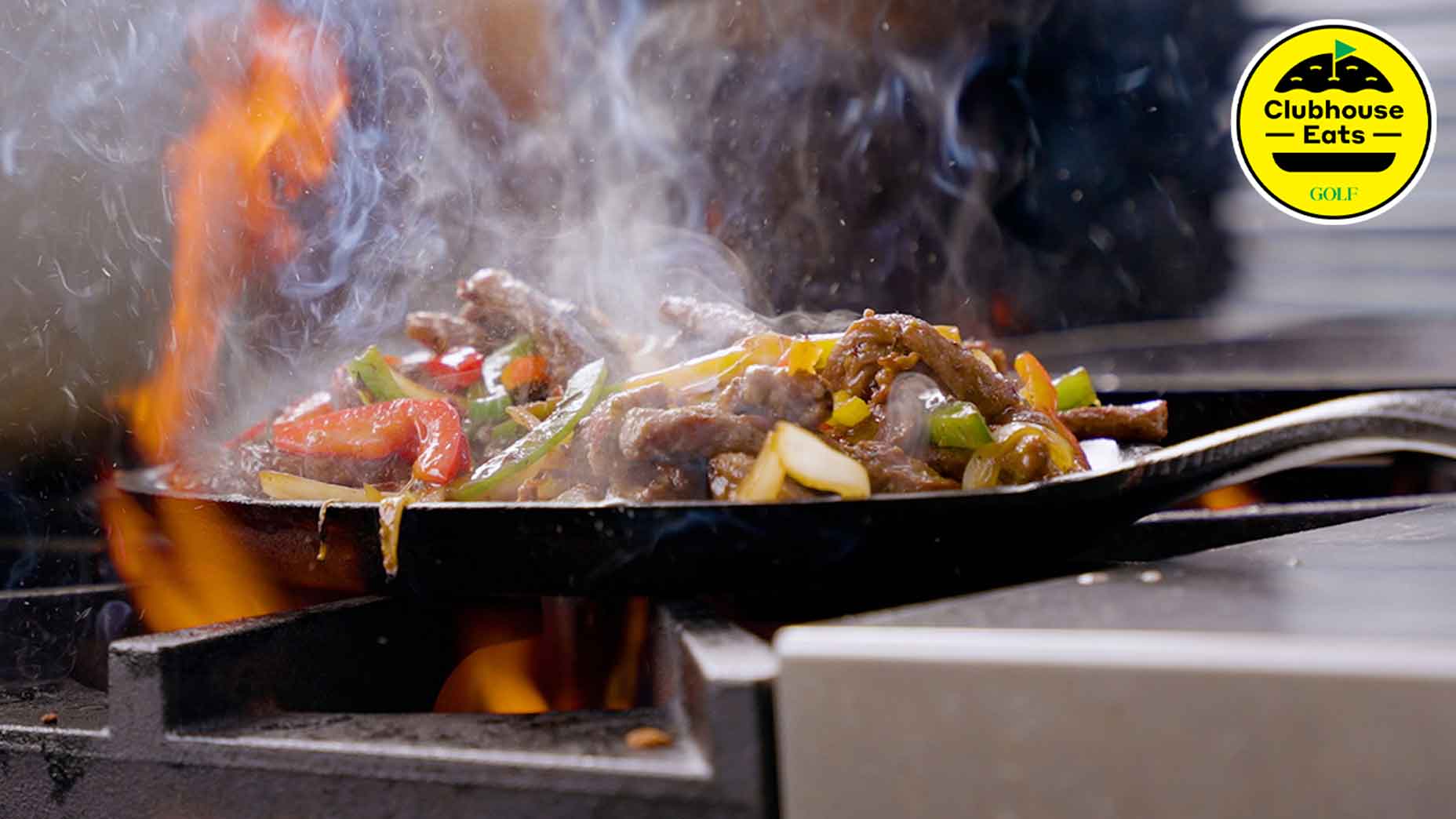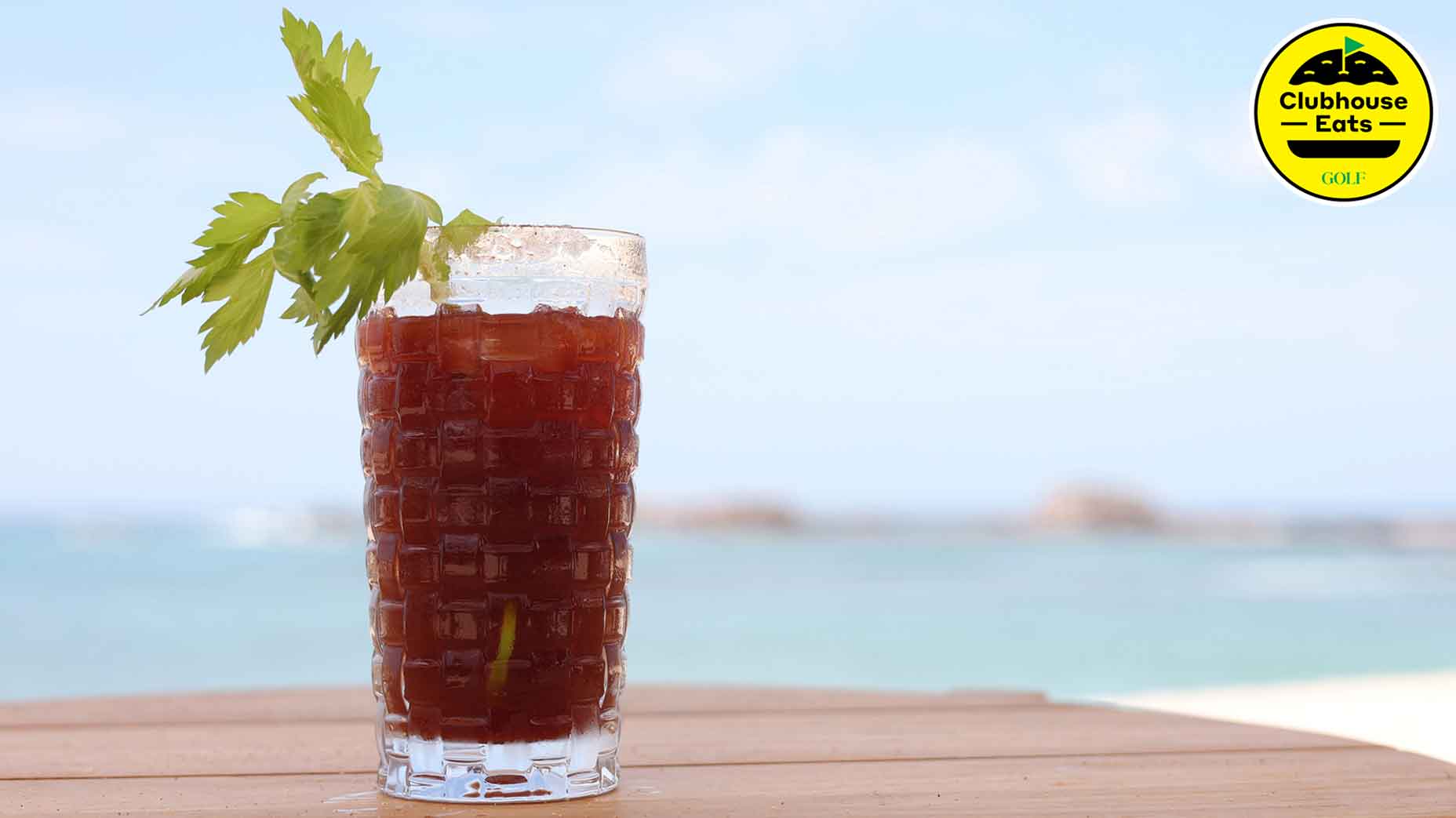How to make a perfect carbonara, according to a golf club chef

Spaghetti carbonara is a popular Italian dish for obvious reasons.
Getty Images
As the Ryder Cup comes to a close, millions of Italians will sit down to Sunday supper, a traditional weekly meal.
On most tables, pasta will be served, possibly spaghetti carbonara, a staple of Roman trattorias that has spread its reach around the world. Origin stories of carbonara vary, but a common telling dates the dish to World War II, when an Italian chef worked up the dish for American soldiers, using U.S. rations of bacon and eggs. In the decades since, carbonara has appeared in countless iterations of pasta, cured pork, eggs and cheese. But Thomas Isidori, executive chef at Brae Burn Country Club, in Purchase, N.Y., doesn’t go for just any version of carbonara. “I’m a purist,” he says. Here are his keys for doing it right.
The proper pork
Bacon, lardons and pancetta have all made their way into carbonara recipes. But Isidori says that none of those will do. If you want to make a true carbonara, he says, it’s got to be guanciale (pronounced gwaan-CHA-lay), or cured pork cheek.
The right cheese
Some cooks use parmesan in the dish and call it ‘carbonara.’ Here’s another case where Isidori stands firm. In his carbonara, it’s gotta be pecorino Romano, a hard sheep’s milk cheese that has more salt and bite than parmesan.
Salty water
Home cooks often fail to salt their pasta water. Big mistake, as the step is critical to depth of flavor. The standard recommendation is one tablespoon of salt per quart of water. But Isidori doesn’t bother measuring. He simply salts the water until it’s “salty, like the sea.”
The basic steps
“This is a simple dish that only requires five ingredients,” Isidori says. Thinly sliced or diced guanciale; 3 or 4 fresh eggs; pecorino; fresh-ground black pepper, and a good-quality dried or fresh pasta. The process is quick, so you can start boiling the water as you start your sauce. In a hot pan, render the fat from the guanciale and set it aside; mix the eggs and a cup of the cheese together. When the pasta is just about done, strain it and add it to the pan, along with a cup of reserved pasta water. Let the pasta sit for about a minute, allowing it to cool slightly before you stir in the egg-cheese mixture and the guanciale. If the sauce is too thick, add more reserved pasta water. Transfer the pasta to a serving bowl and shower it generously with black pepper and more cheese.
Settling on a pasta shape
As any traditionalist will tell you, different pasta shapes are meant for different sauces. When making a bolognese, for instance, Isidori favors a tube-shaped pasta like rigatoni or penne to catch the sauce. With a dish like carbonara, with a sauce that clings to to the pasta, Isidori finds that long pasta works best. It just so happens that spaghetti is also one of his favorite pastas, so call it a win-win. In the case of pasta shapes, though, he’s not an absolutist. If you prefer another type of pasta for your carbonara, feel free to use it. “Honestly, I can guarantee the pasta police will not be knocking on your door if you make a penne carbonara,” he says.











